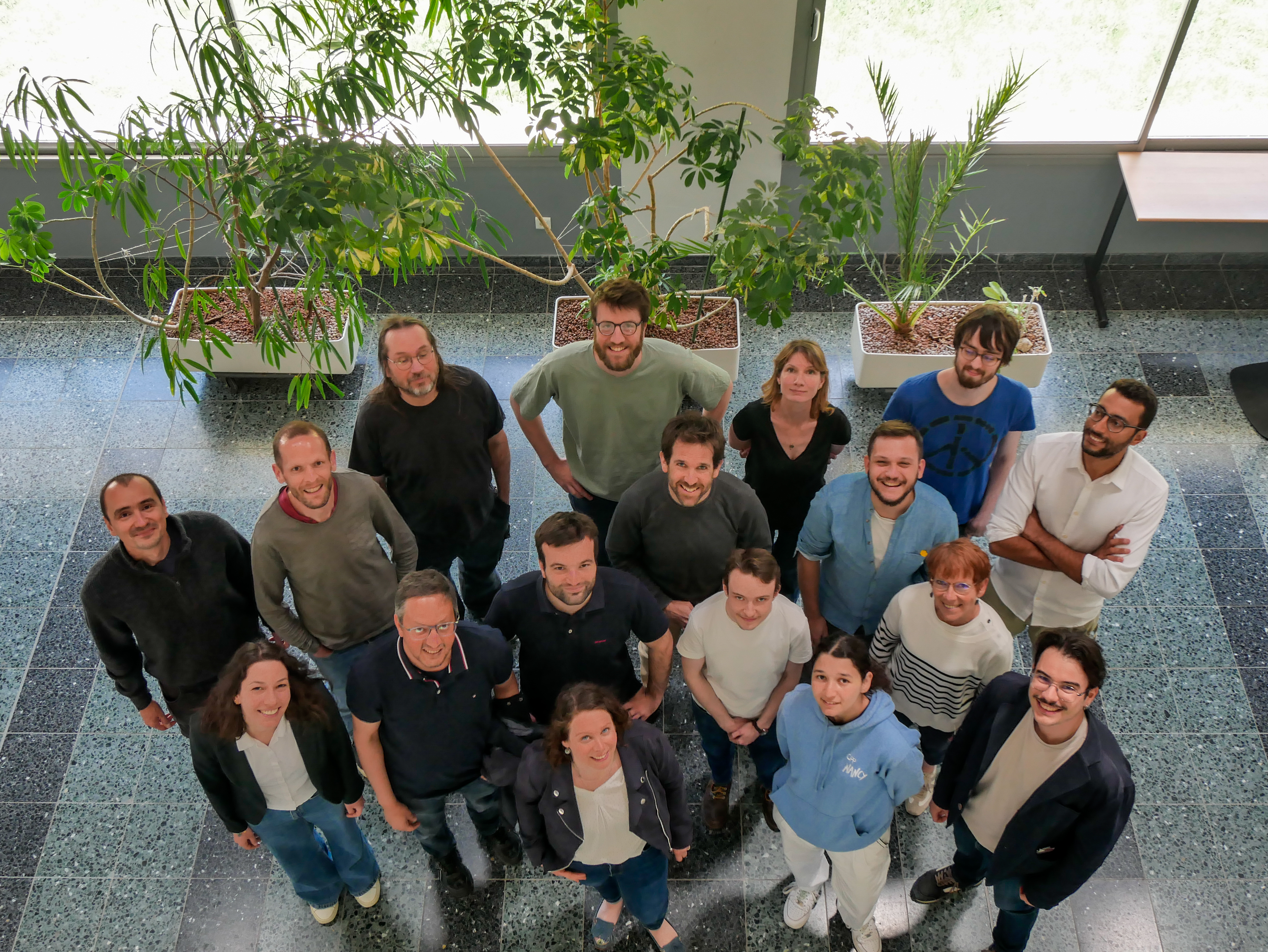PhD opportunities
RING proposes on average 2 PhD scholarships every year which are listed on this page. Spontaneous applications will, in general, not be considered.
If you don't have yet the geoscience + programming + maths qualifications to start a PhD, our MSc in numerical geology may interest you.
We currently do not have any PhD project open for applications.

Photo credits: RING
PostDoc opportunities
We welcome Post Doc researchers who are interested in working on RING's research topics. If you have some ideas, which intersect RING's research interests, we will help you with your application to Marie Skłodowska-Curie Actions, Fond National Suisse, and other scholarship programmes. You can find out more about RING's technologies and publications.
Postdoc positions for which funding has already been secured are listed below. Application files must be sent to This email address is being protected from spambots. You need JavaScript enabled to view it. and must include:
- A cover letter
- A CV, including list of publications and contact information for two or more referees
- The PhD thesis
- If available, the PhD review and defense reports.
Project : Accurate and efficient geophysical potential field response on implicit structural geological models
Start date: From Autumn 2025 (depending on candidate availability)
Application process: Closed
Project : New approaches for uncertainty quantification in stratigraphic correlation and modeling
Start date: From Autumn 2025 (depending on candidate availability)
Application process: Open for applications
